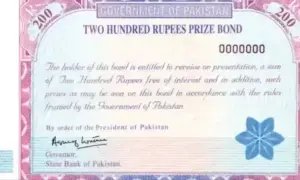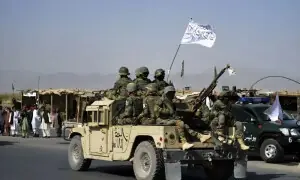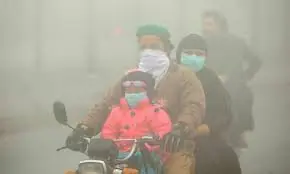Another cold wave will grip Pakistan, says PMD chief meteorologist
Another winter wave would grip Pakistan after the westerly wave would pass on, Pakistan Meteorological Department chief meteorologist Sardar Safaraz said on Thursday.
“Obviously, January is ending and there is a difference between January and February weather. There is a difference between 2C and 3C temperatures everywhere,” he said while appearing on Aaj Pakistan via video link.
In the last two days, the intensity of cold weather in Sindh and Karachi has lessened. The cold weather which started in December intensified in January, with night temperatures dropping to single digits in most parts of the province.
On January 8, the mercury dropped to 6.5 degrees Celsius in parts of Karachi. Data showed that the city’s average minimum temperature was 8.1C. However, mercury dropped to 6.5°C at Jinnah Terminal followed by 6.7C in Gulistan-i-Jauhar, 8.5C in Mauripur, 9C at Sharea Faisal and 9.1C in Bin Qasim Town.
When asked, the PMD chief meteorologist said that there was not much cold in February like January. “January is the coldest month in Pakistan. This time December’s temperature was less than the average. January has a mixed weather.”
Sarfaraz went on to add that light rain and snowfall in different cities whenever any westerly wave enters the country. Cold air recedes when the wave comes, he said and added that the severity wave of winter lessens.
Also, read this
PMD warns of flash flooding in many parts of Balochistan after rain
PMD issues clarification regarding ‘coldest night, days in Pakistan’s 100-year history’
In response to a question as to whether or not the change in climate patterns influenced rains, he said that to some extent climate change has an impact. The frequency and severity of extreme events like floods and droughts have increased.
“Winter rains like in the South are low but high in the North. Rainfall and snowfall increase water flow, contributing to spring and summer seasons. But this winter is much drier,” Sarfaraz said.
“December, January, February, and March are four months of winter rains,” he said.
For the latest news, follow us on Twitter @Aaj_Urdu. We are also on Facebook, Instagram and YouTube.



















Comments are closed on this story.